#pleione nursery
Text
It's always a pleasure to visit world renowned orchid breeder & grower Ian Butterfield. I was asked by the Thames Valley Orchid Society if I could visit Ian at his nursery in Bourne End to put together a short film about Ian's life growing these incredibly colourful Pleione, an orchid indigenous to the foothills of the Himalayas and throughout soyth east Asia.
I couldn't resist taking a few photos too! An incredible kaleidoscope of vibrant colour!
Photo and text Paul Upward Photography










8 notes
·
View notes
Text
Thank you😊❤️❤️❤️❤️
The seven sisters

The Pleiades star cluster – also known as the Seven Sisters or M45 – is visible from virtually every part of the globe. It can be seen from as far north as the North Pole, and farther south than the southernmost tip of South America. It looks like a tiny misty dipper of stars. During Halloween week, they always rise in the east before 7 PM and are nicely up after 8 PM.
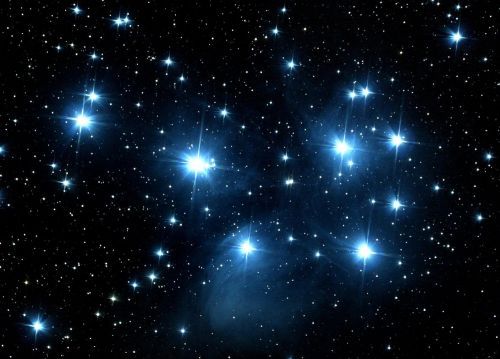
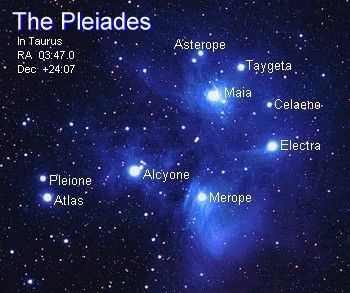
Atlas – The father of Hyades and Pleiades and known as the originator of constellations.
Plein – The mother, also known as Pleione. She is the sailing queen and her daughters are the sailing ones.
Alcyone – Was seduced by Poseidon and is known to be the central one.
Asterope – Was raped by Aries then gave birth to Oenomaus, the king of Pisa.
Celaeno – Was also seduced by Poseidon. Was said to be struck by lightning.
Electra – Was seduced by Zeus and gave birth to Dardanus, the founder of Troy.
Maia – Was seduced by Zeus and gave birth to Hermes.
Merope – Said to be the missing sister. She married a mortal man, Sisyphus and hides in the sky because of shame.
Taygete – Was seduced by Zeus and gave birth to Lacedæmon, the founder of Sparta.

If you can find the prominent constellation Orion, you can find the Pleiades. Orion’s Belt points to the bright reddish star Aldebaran … then generally toward the Pleiades.
The Pleiades is a tightly packed cluster of stars. There’s nothing else like it. No obstetrician attended the birth of the Pleiades, 60 million years ago. As these fiercely hot suns awakened from the dazzling and dangerous gaseous nursery, the newborn stars materialised like a distant sunrise in the skies of Earth 400 light years away.
The Pleiades and Aldebaran. The star name Aldebaran comes from an Arabic word for follower. It’s thought to be a reference to this star’s forever chasing the Pleiades across the heavens. As a general rule, the Pleiades cluster rises into the eastern sky before Aldebaran rises, and sets in the west before Aldebaran sets. The only exception to this rule happens at far southern latitudes – for example, at South America’s Tierra del Fuego – where the Pleiades rise a short while after Aldebaran rises.
In our Hemispheres skies, the Pleiades cluster is associated with the winter season. It’s easy to imagine this misty patch of icy-blue suns as hoarfrost clinging to the dome of night. Frosty November is often called the month of the Pleiades, because it’s at this time that the Pleiades shine from dusk until dawn. But you can see the Pleiades cluster in the evening sky well into April.

in Hot Springs Resort in California

in Weatherly, Pennsylvania

in Kathleen, Georgia
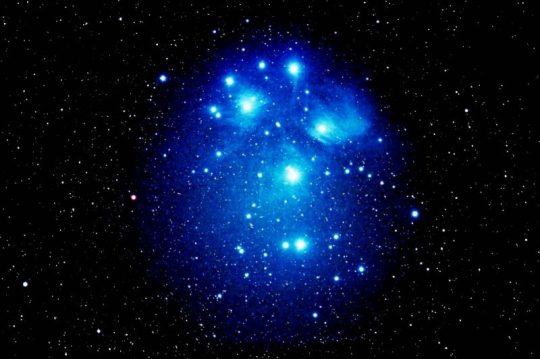
The Pleiades star cluster by Ernie Rossi in Florida.
They seem harmless. But that wasn’t always the case. In ancient times, the Pleiades had a strange, sinister reputation. Such medieval rituals as the pagan Black Sabbath and All Hallow’s Eve (which evolved into our own Halloween) were set to occur when the Pleiades reached their highest point at midnight.

Some have speculated that the rituals could have originated as a sort of commemoration of some ancient catastrophe that resulted in great loss of life. Some believe they may be linked to the Atlantis myth, itself perhaps a legend evolved from the awesome eruption of the Santorini Volcano in 1450 BC that devastated the Minoan civilisation on nearby Crete.

The Pleiades had an odd importance to civilisations throughout time and around the world. In Egypt, they were revered as one of the forms of the goddess Isis.
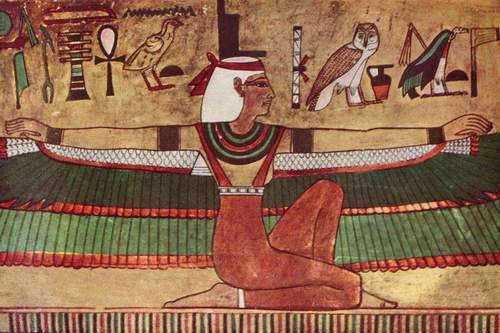
In ancient Persia, the date in which they reached their highest midnight ascendancy was marked with ceremony. In Mayan and Aztec culture, this same yearly occasion had a forbidding undertone, and was given tremendous importance—with at least one city’s streets and pyramid aligned with the setting of the Pleiades.
Historically, the Pleiades have served as a calendar for many civilisations. The Greek name “Pleiades” probably comes from a word meaning “to sail.” In the ancient Mediterranean world, the day that the Pleaides cluster first appeared in the morning sky before sunrise announced the opening of the navigation season. The modern-day festival of Halloween originates from an old Druid rite that coincided with the midnight culmination of the Pleiades cluster. It was believed that the veil dividing the living from the dead is at its thinnest when the Pleaides culminates – reaches its highest point in the sky – at midnight.
On a lighter note, the Zuni of New Mexico call the Pleiades the “Seed Stars,” because this cluster’s disappearance in the evening sky every spring signals the seed-planting season.
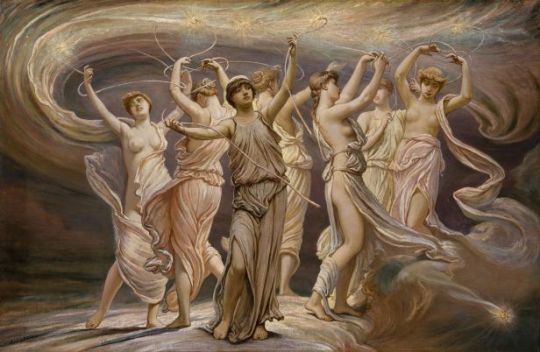
In Japan, the star cluster’s ancient name is Subaru. Until very recently, the six companies that merged to produce automobiles in 1953 placed a crude star map of the Pleiades on each of their cars. Over the years, its single brighter star has been portrayed as ever-more luminous and increasingly separated from the others, perhaps revealing some sort of corporate infighting.
Agnes Clerke, an astronomer and writer in the late 1800s, reported that Michael Maestlin, the mentor of Johannes Kepler, mapped out 11 Pleiades stars before the invention of the telescope.
In both myth and science, the Pleiades are considered to be sibling stars. Modern astronomers say the Pleiades stars were born from the same cloud of gas and dust some 100 million years ago. This gravitationally bound cluster of several hundred stars looms some 430 light-years distant, and these sibling stars drift through space together at about 25 miles per second (40 km/sec). Many of these Pleiades stars shine hundreds of times more brightly than our sun.
25 notes
·
View notes
Text
Application
☆ Name - Pleione/Talon
☆ Age - 21 (regress to ~7?)
☆ Zodiac Sign - Gemini
☆ Pronouns - he/him/his
☆ Role - Regressor
☆ Age regression blog- lilstarryone
☆ What activities would you like to see here? uhm! I like coloring and drawing and looking at pretty stim boards. chat is fun too!
☆ Is there anything else we should know about you? I actually used to be in this group back in March! I wanna come back and talk to people again. If you have pluralkit in your server I'll probably use that to talk since I found out I'm part of a system,, I really really like space! pastels are really pretty too, I like those. I'm a little shy at first but I look forward to meeting people!

Congrats on your acceptance and welcome to Starlight Nursery!! I hope you have fun! 💕

1 note
·
View note